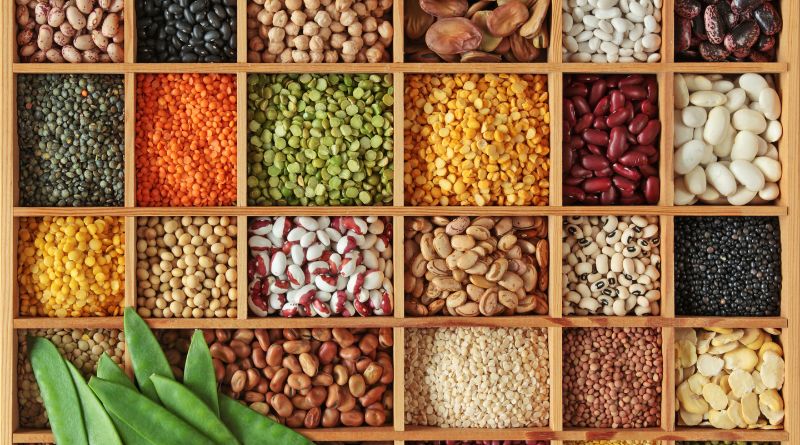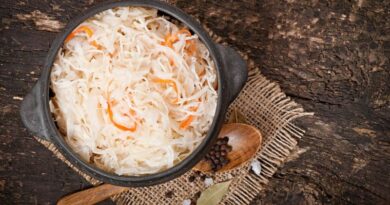Legumes, the diverse family of plant-based foods, are not only delicious but also incredibly nutritious. Packed with essential nutrients, including protein, fiber, vitamins, and minerals, they make a fantastic addition to any diet. In this blog post, we’ll explore the 10 best and healthiest legumes you can eat. From lentils to chickpeas, beans, and more, we’ll delve into their unique benefits, versatile culinary uses, and how they can enhance your overall well-being. Whether you’re a vegetarian looking for plant-based protein sources or simply seeking to incorporate more wholesome foods into your meals, legumes are a superb choice to consider.
Healthiest Legumes You Can Try
Legumes, the nutrient-packed powerhouses, have been a dietary staple for centuries, offering an array of health benefits. From protein to fiber, vitamins to minerals, they bring a cornucopia of nutrients to the table. Here, we explore the 10 best and healthiest legumes you should incorporate into your diet for optimal well-being.
Peanuts

Despite their misleading name, peanuts are not nuts; they are legumes with their origins in South America. These small powerhouses are a rich source of essential nutrients, making them a valuable addition to your diet. Peanuts are teeming with healthy omega fats, protein, and dietary fiber, which collectively provide a well-rounded nutritional boost.
In addition to their macronutrient content, peanuts are also packed with essential vitamins and minerals that support overall health. They’re particularly abundant in nutrients like vitamin E, folate, magnesium, and potassium, all of which play vital roles in various bodily functions. Whether you enjoy them as a snack or use them as a flavorful ingredient in your cooking, peanuts are a versatile and wholesome choice that can significantly contribute to your well-being.
Quick Link: Healthier Burger and Fries Options: Indulgence without Compromise
Chickpeas
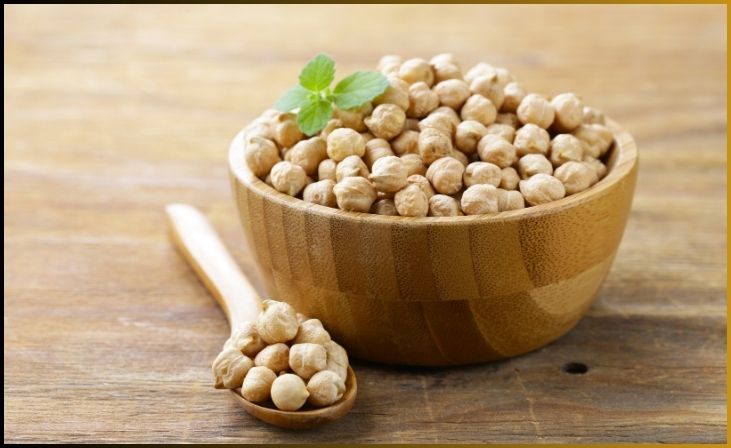
Hailing from the Middle East, chickpeas have made their mark as a versatile and beloved legume worldwide. What sets them apart is their remarkable nutritional profile. Chickpeas are a fantastic source of complex carbohydrates, dietary fiber, and plant-based protein, making them a superb ingredient for a wide array of dishes.
Beyond their macronutrient richness, chickpeas offer an abundance of essential vitamins and minerals. Nutrients like manganese and zinc, which are integral to various bodily functions, further enhance their nutritional value. These legumes not only contribute to your daily protein intake but also promote digestive health and provide a host of antioxidants. Whether you enjoy them in salads, hummus, or as a delightful addition to soups and stews, chickpeas are a culinary gem that elevates both taste and nutrition.
Lima Beans
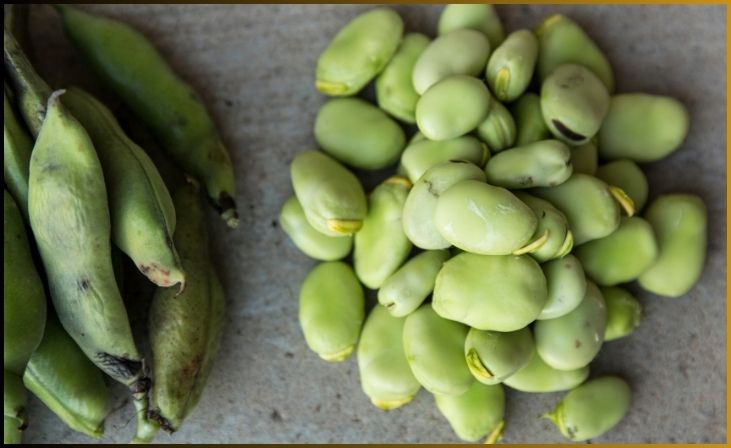
Originating from Peru, lima beans, often referred to as butter or wax beans, are a unique variety of flat green beans that stand out for their rich nutritional content. These legumes provide a significant dose of dietary fiber, contributing to digestive health and a sense of fullness. What further elevates their nutritional value are the essential minerals they offer, including manganese, copper, and magnesium, which play pivotal roles in various physiological processes.
Lima beans’ versatility shines in the culinary world, making them an excellent choice for a wide range of dishes. Whether you use them in soups, casseroles, or as a side dish, these beans bring both a delightful flavor and a hearty nutritional punch to your meals. So, whether you’re exploring new recipes or embracing familiar classics, lima beans are a nourishing and flavorful addition that resonates with a rich Peruvian heritage.
Green Peas
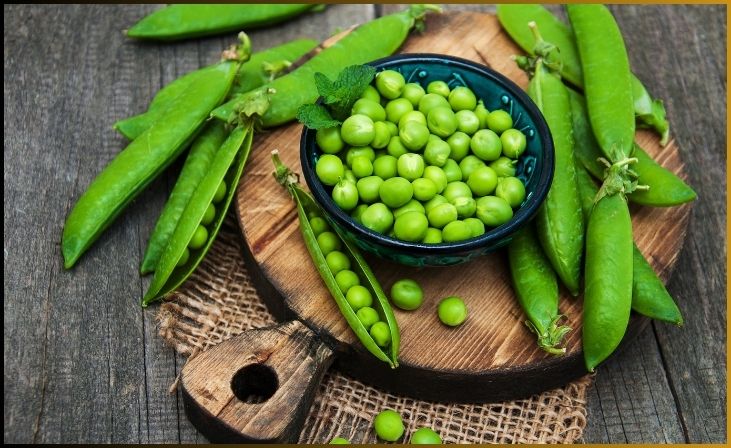
Green peas, those unassuming spherical delights, are a true powerhouse of nutrition. Despite their diminutive size, they offer a plethora of health benefits. These vibrant green legumes are not only rich in dietary fiber but also pack a punch when it comes to protein, vitamins, and essential minerals.
Their versatile presence in various forms, including fresh, canned, and frozen, makes them an easily accessible and convenient ingredient for diverse culinary creations. Whether you savor them as a side dish, add them to salads, or blend them into creamy soups, green peas stand as a dietary staple in many cultures. Their nutrient density, coupled with their convenience, underscores their significance in maintaining a well-rounded diet. So, whether you’re aiming to boost your protein intake, infuse your meals with vitamins, or simply enjoy their delightful flavor, green peas are a nutritious and wholesome choice.
Kidney Beans
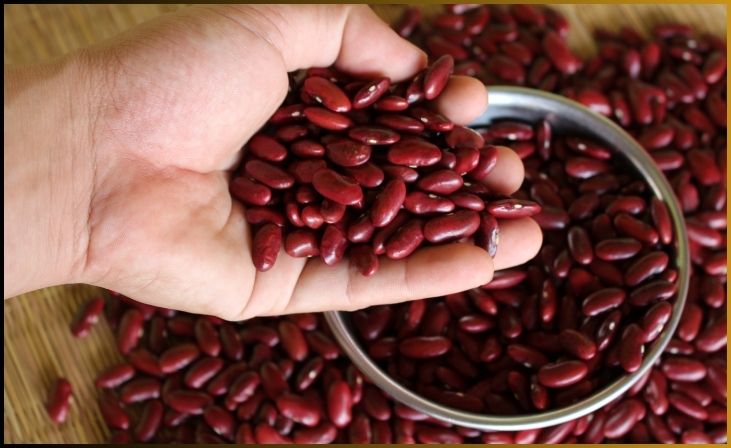
Native to Central America and Mexico, kidney beans are a striking and robust addition to any diet. Their vibrant red hue is just a glimpse of the nutritional treasure they offer. These legumes are not only high in dietary fiber but also pack a substantial protein punch, making them a valuable component of diverse culinary creations.
Kidney beans go beyond macronutrients; they are a rich source of essential vitamins and minerals that contribute to overall well-being. Nutrients like folate, iron, and potassium are abundant in these legumes, supporting various bodily functions. Whether you enjoy them in chili, salads, or as a hearty side dish, kidney beans bring both color and nutrition to your plate. Their journey from Central America to your kitchen is a testament to their ability to enhance the flavor and health quotient of your meals.
Black Beans
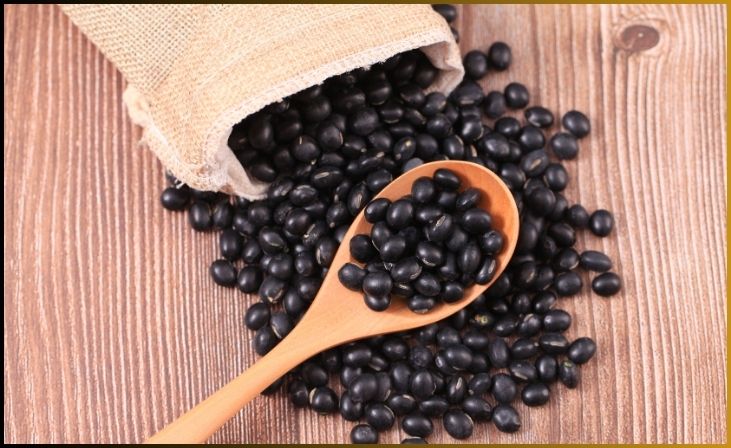
Black beans, a staple in the vibrant cuisines of Latin America and the Caribbean, are renowned for their exceptional flavor and robust nutrition. These legumes are not just a culinary delight but also a nutritional powerhouse. Packed with dietary fiber and plant-based protein, black beans provide a satisfying and healthful addition to a variety of dishes.
What further distinguishes black beans is their rich content of essential nutrients. They offer a valuable source of calcium, which is essential for bone health, as well as B vitamins like folate, which play a crucial role in various metabolic processes. These beans are not merely a source of sustenance; they are a culinary heritage that infuses meals with a delightful taste and a wealth of nutrition. Whether you relish them in traditional dishes, salads, or soups, black beans are a flavorful and nourishing choice that reflects the heart and soul of Latin American and Caribbean cuisines.
Soybeans
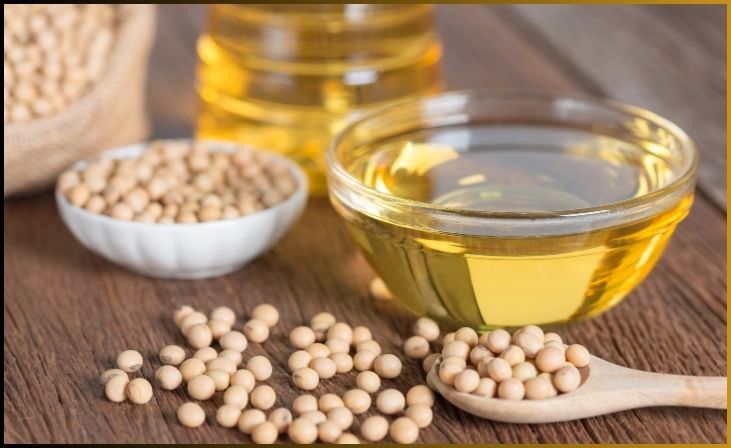
Soybeans, an ancient dietary staple in Eastern Asia for millennia, have earned global recognition for their exceptional nutritional value. Notably renowned for their high protein content, soybeans are a significant source of various essential nutrients, including vitamin K1, folate, copper, and manganese. These legumes encompass both tradition and innovation, as their versatility allows them to be transformed into various forms like tofu and tempeh, which have become popular protein sources for vegetarians and vegans.
The health benefits of soybeans extend beyond protein, as they are linked to heart health, bone strength, and hormonal balance due to their phytochemical properties. Whether they are enjoyed as edamame, incorporated into stir-fries, or processed into soy-based products, soybeans have left an indelible mark on the culinary world, symbolizing both the rich heritage of Eastern Asian cuisine and the contemporary embrace of plant-based nutrition.
Lentils
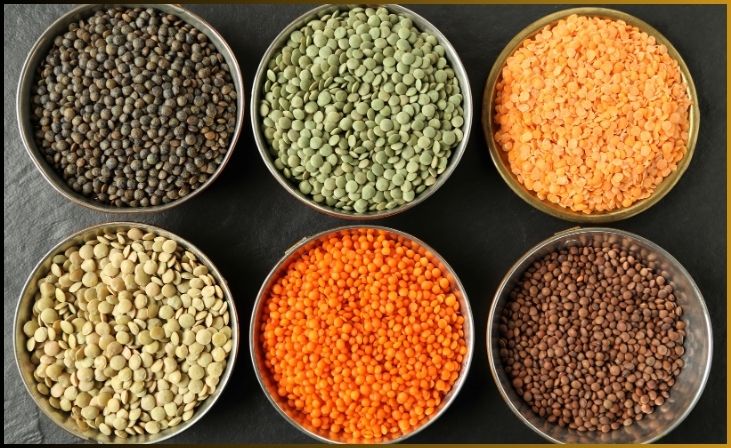
Lentils, with their ancient history dating back to 8000 B.C., have proven to be a timeless source of sustenance. These legumes, cherished across diverse cultures, offer a remarkable nutritional profile that continues to stand the test of time. Bursting with plant-based protein, lentils are a valuable source of essential nutrients, including dietary fiber, B vitamins, iron, magnesium, potassium, and zinc.
Lentils go beyond their nutrient richness; they are known for their versatility in the kitchen, adapting to a wide range of culinary creations. Whether used in soups, stews, salads, or as a meat substitute in vegetarian dishes, lentils are a nutritional treasure trove that transcends cultural boundaries. Their enduring popularity is a testament to their ability to infuse meals with both flavor and a wealth of health benefits, making them an integral part of global cuisine.
Pinto Beans
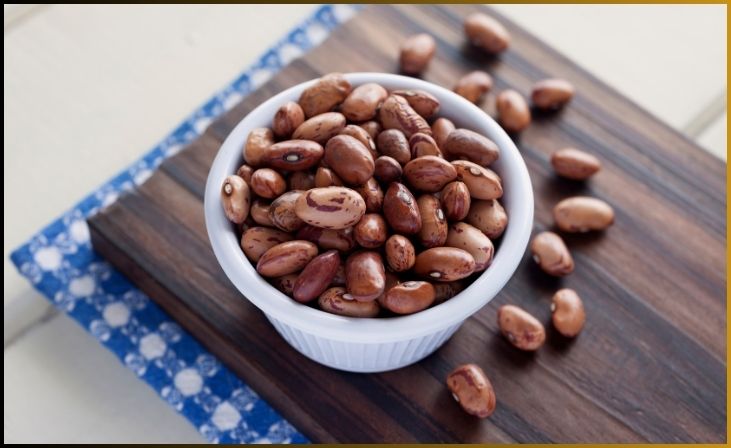
Popular in the United States, pinto beans have secured their place as a beloved legume with an impressive nutritional resume. Their popularity is well-deserved, as these beans offer a robust profile of essential nutrients. Pinto beans are not only rich in dietary fiber and plant-based protein, making them a nutritious component of meals, but they also deliver a healthy dose of vital vitamins and minerals such as thiamine, iron, magnesium, phosphorus, and potassium.
What truly distinguishes pinto beans is their adaptability in the kitchen. They seamlessly blend into a wide array of dishes, from classic chili to burritos, soups, and salads. This versatility, coupled with their wholesome nutrient content, has made pinto beans a cherished and reliable addition to American cuisine. Whether you’re embracing traditional recipes or inventing new culinary creations, pinto beans are a flavorful and nutritious ingredient that enhances both taste and health.
Also Read: 7 Healthy Mediterranean Diet Meal Plan Ideas
White Beans
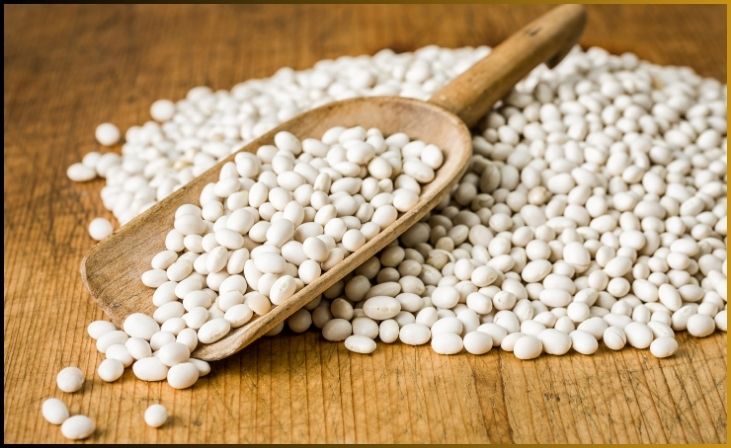
White beans, including the beloved cannellini variety, have earned their place as a common staple, celebrated for their delicious flavor and rich nutritional content. These legumes are not just a culinary delight but also a valuable asset to a well-rounded diet. Packed with dietary fiber and plant-based protein, white beans provide a satisfying and nutritious addition to various dishes.
Their nutrient profile extends beyond macronutrients, as white beans are also abundant in essential vitamins and minerals such as folate, magnesium, and iron. These nutrients play a crucial role in various bodily functions, from blood health to bone strength. Whether you incorporate them into soups, stews, or create creamy dips, white beans are a versatile and nourishing ingredient that enriches both the taste and nutrition of your meals. Their enduring popularity underscores their ability to bring both flavor and health benefits to the table.
Bottom Line
In conclusion, legumes are a nutritional powerhouse, offering a wide array of benefits for your health. Their high protein and fiber content, combined with essential vitamins and minerals, make them a smart and tasty choice for your diet. The 10 legumes we’ve explored in this blog post are not only versatile in the kitchen but also excellent for your well-being. Whether you’re making a hearty stew, a flavorful salad, or a delicious dip, legumes can play a central role in elevating your meals to the next level of health and taste.
Frequently Asked Questions (FAQs)
Legumes are a family of plant-based foods that include beans, lentils, and peas. They are healthy because they are rich in protein, fiber, vitamins, and minerals, making them an excellent addition to a balanced diet.
Yes, legumes have been linked to various health benefits, including improved heart health, weight management, and better blood sugar control due to their nutrient content.
Legumes can be added to soups, salads, stews, and even blended into smoothies. They are versatile and can be easily integrated into various dishes.
Some individuals may experience gas or bloating when first introducing legumes into their diet. To minimize these side effects, start with smaller portions and gradually increase your intake to allow your digestive system to adjust.

